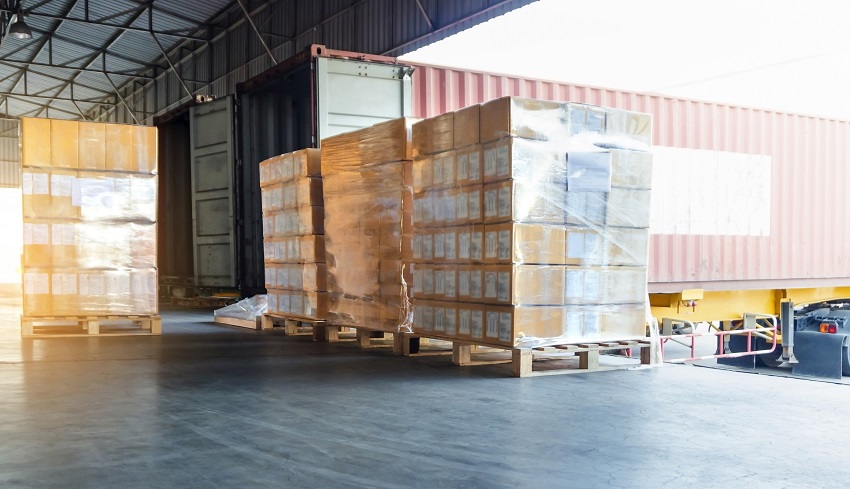How to Be a Shipper of Choice
Pressure on shippers and carriers is (thankfully) easing with peak season in the rear view mirror.
But now is not the time for shippers to get complacent when it comes to keeping their logistics operation running cost-efficiently. Carriers still have the upper hand, and it remains a seller’s market for freight. Rates trended up for the full year in 2019 according to DAT. The longer-term issue of low-capacity availability (the tight employment market is making drivers hard to find) continues as well.
And since none of these market factors is expected to change any time soon, this is a challenge that shippers can’t ignore. Dealing with tight carrier capacity goes beyond just paying higher rates. When possible, carriers will take freight from shippers they prefer to work with, and that’s why it is important to be a shipper of choice.
Many shippers have seen the benefits of this strategy, and there are many ways that a company can be seen by carriers in this way. This happens because they do other things that make them preferable to work with.
Freight moves most efficiently when drivers can spend the maximum time on the road.
Making Freight Attractive
Shippers can also become a shipper of choice by making their loads easier for the carrier to transport.
- Pay Your Bills: Carriers do not want to chase down shippers for payment of invoices. Cash flow is important to truckload carriers and 3PLs, so paying each invoice within the payment window will stand out to the carrier.
- Be Easy and Flexible with Pickup and Delivery Times: Those shippers that have strict pickup and delivery times make it difficult for drivers to meet them. Shippers who use appointment times can become more flexible by giving a range. The more options the driver has to make a pickup, the more likely they are to take the load.
- Have Simple and Easy-to-Follow Processes: For drivers to spend the least amount of time picking up or dropping off a load, the shipper of choice needs to lay out the process. Clear signage, staged loads, preloaded containers, and instructions on requirements will all make it easier for the driver and reduce the amount of time the driver needs to spend at the dock. While the driver is waiting, vending machines, coffee and water, and free Wi-Fi go a long way in driver satisfaction.
- Communicate: Shippers can improve their relationship with their carriers by informing them of any changes in their shipping patterns. For example, letting the carrier know about changes in shipping volume will help the carrier meet the shipper’s needs. Shippers that give reasonable lead times or include their carrier partners in forecasting receive better and more consistent service. Those that can alert carriers to upcoming changes in volume will also get preference. Planning future volume through a TMS is not just important to the shipper — any visibility a shipper can give to carrier partners helps them too.
- Allow Drop Trailers: While drop trailers do require coordination and additional costs, they do provide a way to reduce wait times. In the long run, they should equate to a positive for the shipper.
The capacity crunch and higher rates the industry has seen the past few years will not last forever. Rates will ease, and capacity will expand. Until that happens, however, shippers have to do what they can with current market conditions to get their freight moved. When capacity is not as tight, carriers will go to those shippers that have treated them well to give them more competitive rates.
Contact us at info@transportationimpact.com to learn more about becoming a shipper of choice.

Posts by Tag
- October 2018 (8)
- August 2018 (6)
- August 2019 (6)
- February 2020 (6)
- March 2020 (6)
- May 2020 (6)
- December 2020 (6)
- April 2019 (5)
- May 2019 (5)
- July 2019 (5)
- October 2019 (5)
- April 2020 (5)
- July 2020 (5)
- September 2020 (5)
- October 2020 (5)
- July 2018 (4)
- September 2018 (4)
- January 2019 (4)
- February 2019 (4)
- March 2019 (4)
- June 2019 (4)
- September 2019 (4)
- December 2019 (4)
- January 2020 (4)
- June 2020 (4)
- August 2020 (4)
- April 2018 (3)
- June 2018 (3)
- November 2018 (3)
- December 2018 (3)
- November 2020 (3)
- January 2021 (3)
- March 2018 (2)
- November 2019 (2)
- February 2021 (1)
- May 2021 (1)
8921 Crew Drive
Emerald Isle, NC 28594
(252) 764-2885
info@transimpact.com
Get In Touch!
 Should You Outsource Your Ecommerce Order Fulfillment? Part Two (Taking Action)
How to Improve Your Shipping Dock’s Efficiency and Minimize Carrier Accessorials
Should You Outsource Your Ecommerce Order Fulfillment? Part Two (Taking Action)
How to Improve Your Shipping Dock’s Efficiency and Minimize Carrier Accessorials




